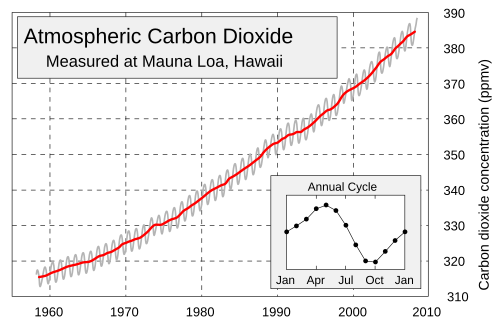- If you need to Zoom to class, here's the
link.
- Today we finish off our major tool development with "the doozy": the chain rule.
- Your second exam is a week from today. Begin preparing!
- You've got a new homework assignment:
- Read section 2.7 (Derivatives of functions given implicitly); do
the preview and submit prior to class next time.
Note, however, that this topic will not be covered on the exam.
- Your chain rule worksheet should be submitted by class on
Monday, as well.
- You have three IMath assignments -- one each for
the quotient rule, trig rules, and the chain rule. These are
due at the time of the exam. You have unlimited, unpunished
attempts, so you should be able to get them all right. That
will be good practice for the exam.
Important Note: you will be expected to show your work for the exam! So, while you might use a calculator, say, to compute a derivative, you will have to be able to show me how you got it using our rules.
- Read section 2.7 (Derivatives of functions given implicitly); do
the preview and submit prior to class next time.
- Recent whiteboard work:
- Day 14 (last time)
- We discussed the tools we had built, and then spent some time on
the sine and cosine functions.
Note one more thing, that we didn't mention last time: while it is true that \[ \sin'(x) = \cos(x) \] one can also see that \[ \sin'(x) = \sin\left(x+\frac{\pi}{2}\right) \]
This is a trig identity ($\cos(x)=\sin\left(x+\frac{\pi}{2}\right)$ -- so we don't even really need two functions -- one is just a shift of the other); but it says something really interesting: differentiation is like a shift operator for sine.
Sine looks down the road by $\frac{\pi}{2}$ for the slope of the tangent line at a point. Can you see that? And isn't that weird?:)
- Then it was on to some additional trig functions (notably tangent,
as well as cotangent, secant, and cosecant).
Note that this figure shows that the derivative is consistent with the graph of the function:
- Tangent is always increasing wherever it is continuous, and its derivative is always positive there.
- Tangent is odd, and its derivative is even.
- Tangent and its derivative are periodic, with period $\pi$. (Note that this is only half the period of sine and cosine).
- It looks like the tangent has slope 1 at $x=0$.
- Today's topic: it's on to Section 2.5: The Chain Rule
- The chain rule is so critically important because of the
importance of compositions of functions:
Theorem (the chain rule): If $F(x) = f(g(x))$, and both $f$ and $g$ are differentiable at $x$, then \[ F^\prime(x) = f^\prime(g(x))g^\prime(x) \]
I personally think about the chain rule this way:
"f prime of stuff times the derivative of the stuff"; or where $f$ is the "outside" function (so $g$ is the "stuff"):"f prime of stuff times stuff prime.",
\[ F^\prime(x) = f^\prime(stuff)stuff^\prime \]
You can see that the rule is fairly simple, once you've identified the composition -- that is, once you've torn apart $F$ to find $f$ and $g$.
You might take a look at this summary from my pre-calc class to review compositions.
- The chain rule looks a little different in Leibniz notation, but
you may see it written this way, too: if we let $y=F(x)=f(u)$, where
$u=g(x)$, then
\[
F'(x)=\frac{dy}{dx} = \frac{dy}{du} \frac{du}{dx}
\]
This alternative version of the formula helps us to remember that $x$
is going on a journey, passing first through $g$ to become something
new ($u=g(x)$), and then continues on as $u$ through the function $f$
to become $y=f(u)$. It's a metamorphosis. It should be called
the "metamorphosis rule", if there were any justice in the world....
- The difficulty is often identifying the composition. We'll try
some easy ones first, then get to some ugly ones.
Before we do that, however, I'd like to motivate (rather than prove) the chain rule, using the limit definition of the derivative. Everything comes from that!
Basically, however, it relies on the tangent line: we want to use the fact that \[ g(x+h) \approx g(x) + hg'(x) \] Why does that make sense? Because it comes straight out of the limit definition, where we throw away the limit. That's why we have to write "$\approx"$:
\[ g'(x) \approx \frac{g(x+h)-g(x)}{h} \]
- Examples (from Stewart's
calculus): tearing apart functions
- $F(x)=\sqrt{1-2x}$
- $F(x)=6\cot(nx)$
- $F(x)=4 + 0.35 \sin(2 \pi t / 5.4)$
- Trickier: $F(x)=\sin(\sqrt{1 + x^2})$
- A sample problem involving compositions: model the seasonal variation in Keeling's CO2 data:

- Keeling data with models:
If time were measured in years from January, would
$V(t)=A\sin(2\pi{t})$ be a good model? What would be a good choice for the parameter $A$?
- The chain rule is so critically important because of the
importance of compositions of functions:
- Today's worksheet